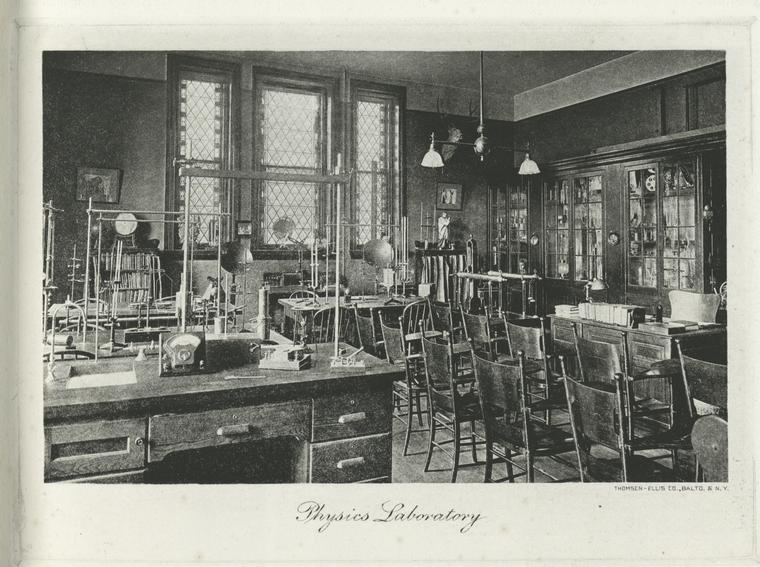Physicists Who Looked To Literature
J. Robert Oppenheimer, who worked on the Manhattan Project is said to have thought of the words, "Now I am become Death, the destroyer of worlds" from the Bhagavad Gita upon seeing the bomb detonate. In Kai Bird's American Prometheus, he provides a biography of the life of Oppenheimer to help explain.
Science-fiction and comic book writers have seized upon this quotation to preface their own works and, to be sure, it has a somewhat brutal intensity. Oppenheimer had an extensive knowledge of and interest in literature. He obtained his Doctor of Philosophy degree in March 1927 at age 23 at the University of Göttingen.
In “Two Men in Search of the Quark” by Lee Edson (April 27, 1977), collected in The New York Times Book of Physics and Astronomy, Oppenheimer's contemporaries look to works of literature to help them find a new lexicon for their discoveries. Murray Gell-Mann stated, “We started to get excited about a new theory and threw out words for our ideas. There have been some crazy ones in physics lately. The theory depended on a triplet of particles, with the right characteristics, and we needed a word for it. I started to say ‘squeak,’ ‘squark,’ and it came out ‘quark.’ We loved the word as soon as it was uttered. Much to my surprise, I found the line ‘Three quarks for Muster Mark’ in James Joyce’s Finnegans Wake. Nothing could have fitted better.” (p. 85)
Later, on page 90, Edson goes on to write, “[…] Gell-Mann introduced two new concepts. The first, which had developed as early as 1952, was a quality which he called ‘strangeness.’ As with the quark, it had a literary counterpart, this time in Sir Francis Bacon’s line: ‘There is no excellent beauty that hath not some strangeness in the proportion.’” Gell-Mann and Richard Feynmann created a scheme of a family of particles in a table. When the last was discovered, Gell-Mann called his chart the Eightfold Way, as in the Buddhist dictum: ‘This is the noble truth that leads to cessation of pain. This is the noble Eightfold Way—right views, right intentions, right speech, right action…’ More prosaic physicists call it the SU-3 theory because it is a symmetrical structure based on a triplet of fundamental particles.” (p. 91)
And, it seems that authors have likewise looked to physics for inspiration. In 1960, writer John Updike wrote in a poem:
Neutrinos, they are very small.
They have no charge and have no mass
And do not interact at all.
The earth is just a silly ball
To them, through which they simply pass
Like dust maids down a drafty hall. (p.140)
For those interested in science, sign up for the class From Chaos to Biology: The Physics of Self-Organization starting at Jefferson Market in April!
Read E-Books with SimplyE
 With your library card, it's easier than ever to choose from more than 300,000 e-books on SimplyE, The New York Public Library's free e-reader app. Gain access to digital resources for all ages, including e-books, audiobooks, databases, and more.
With your library card, it's easier than ever to choose from more than 300,000 e-books on SimplyE, The New York Public Library's free e-reader app. Gain access to digital resources for all ages, including e-books, audiobooks, databases, and more.
If you don’t have an NYPL library card, New York State residents can apply for a digital card online or through SimplyE (available on the App Store or Google Play).
Need more help? Read our guide to using SimplyE.
